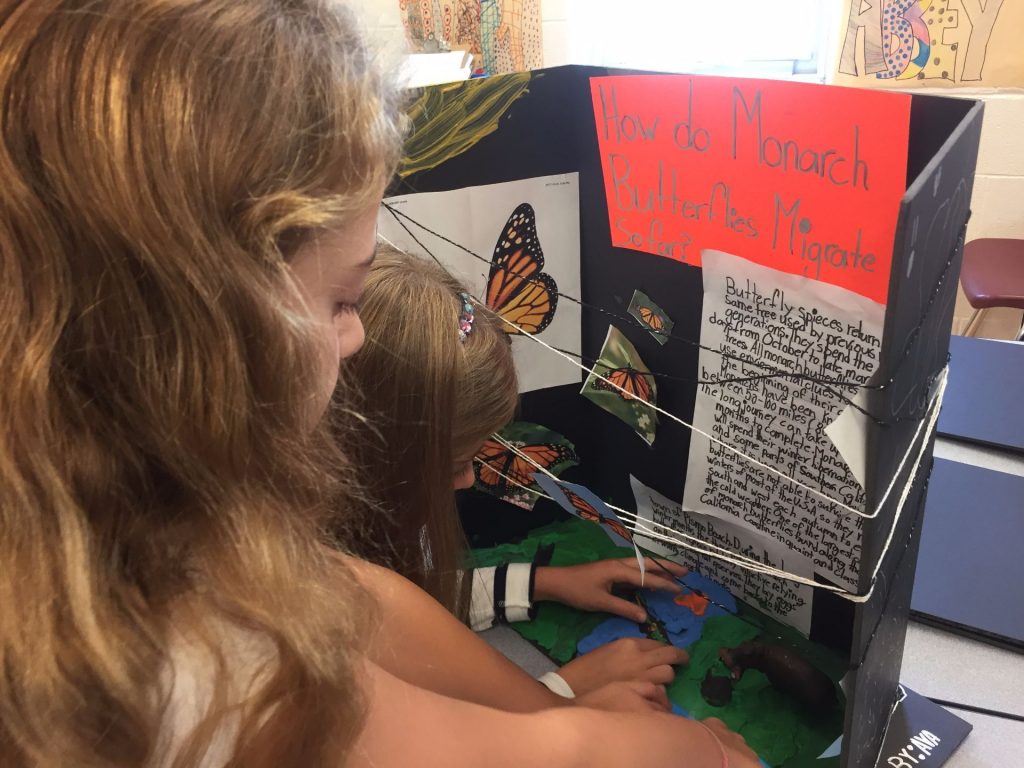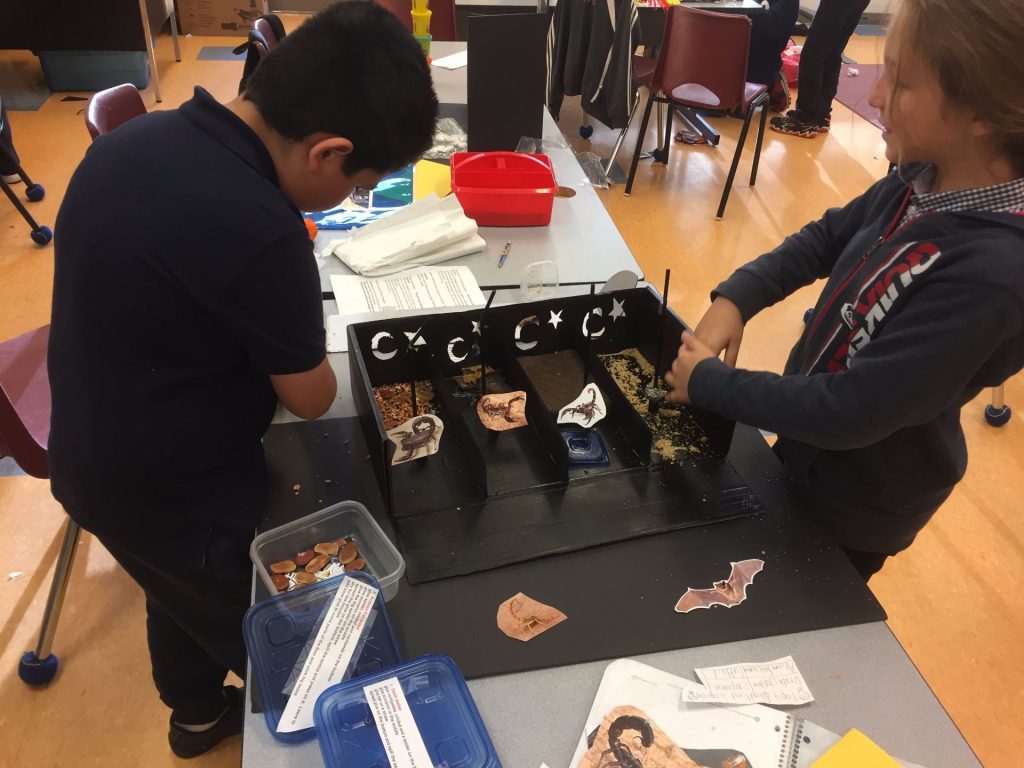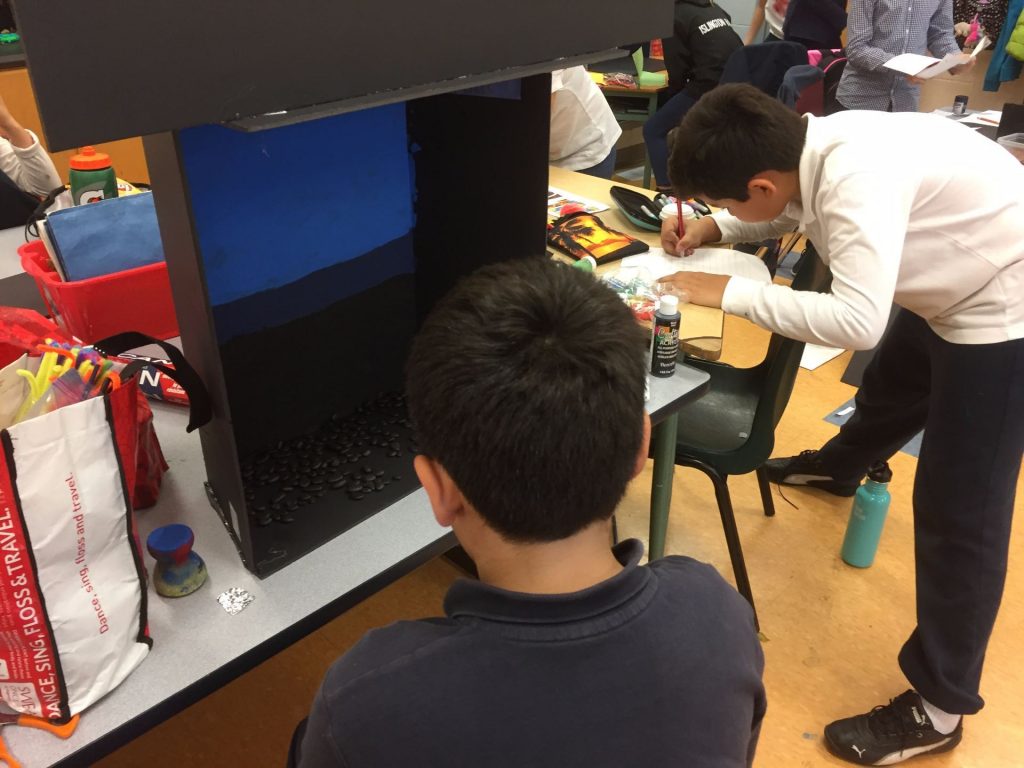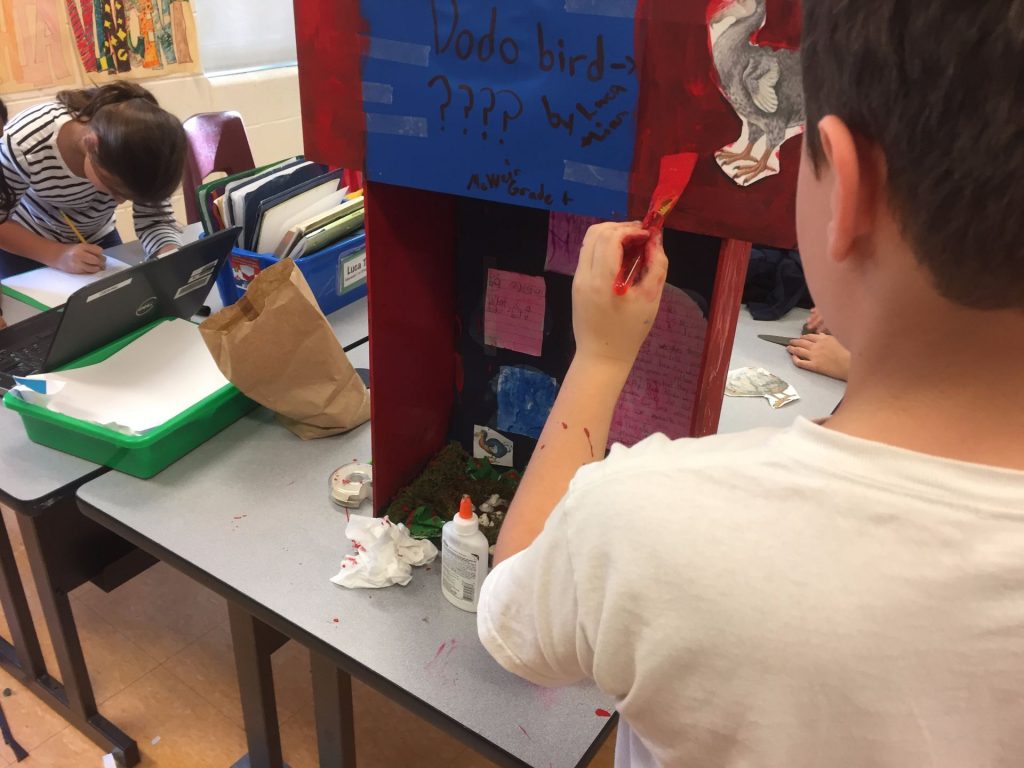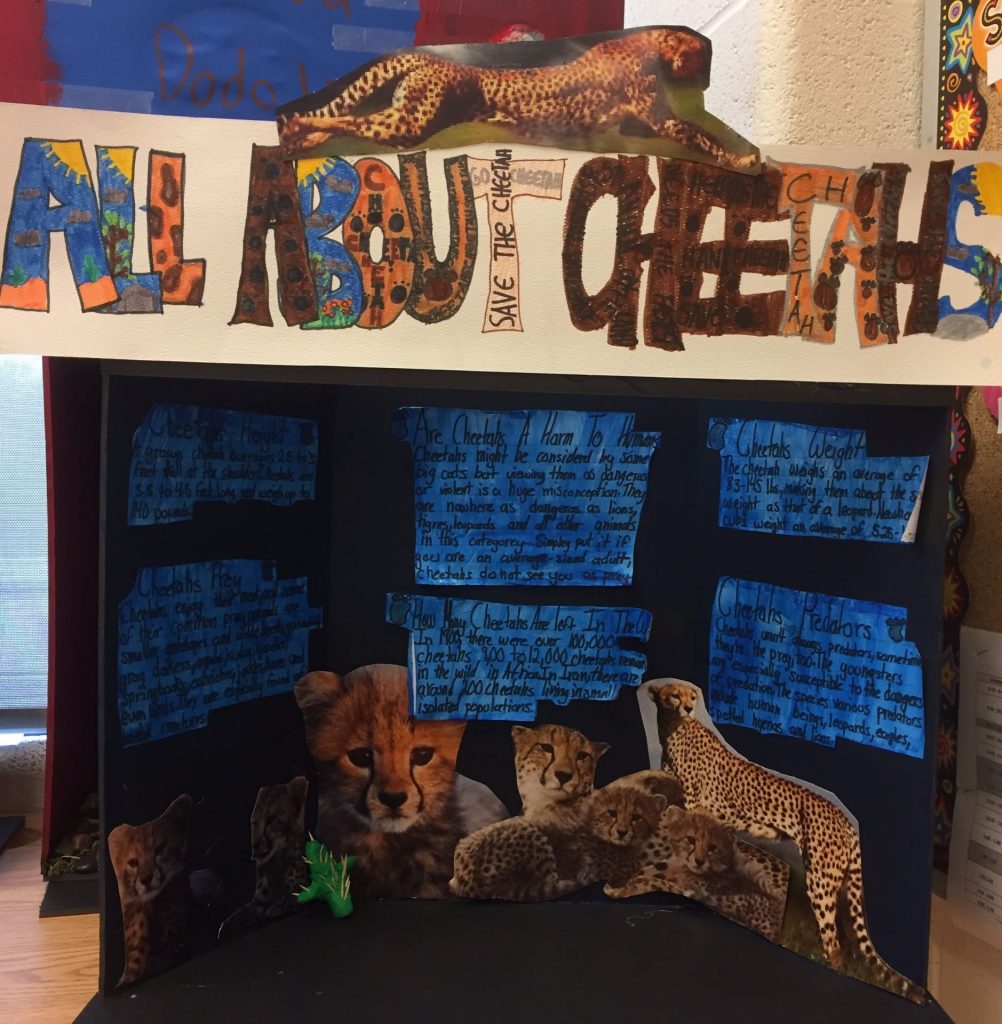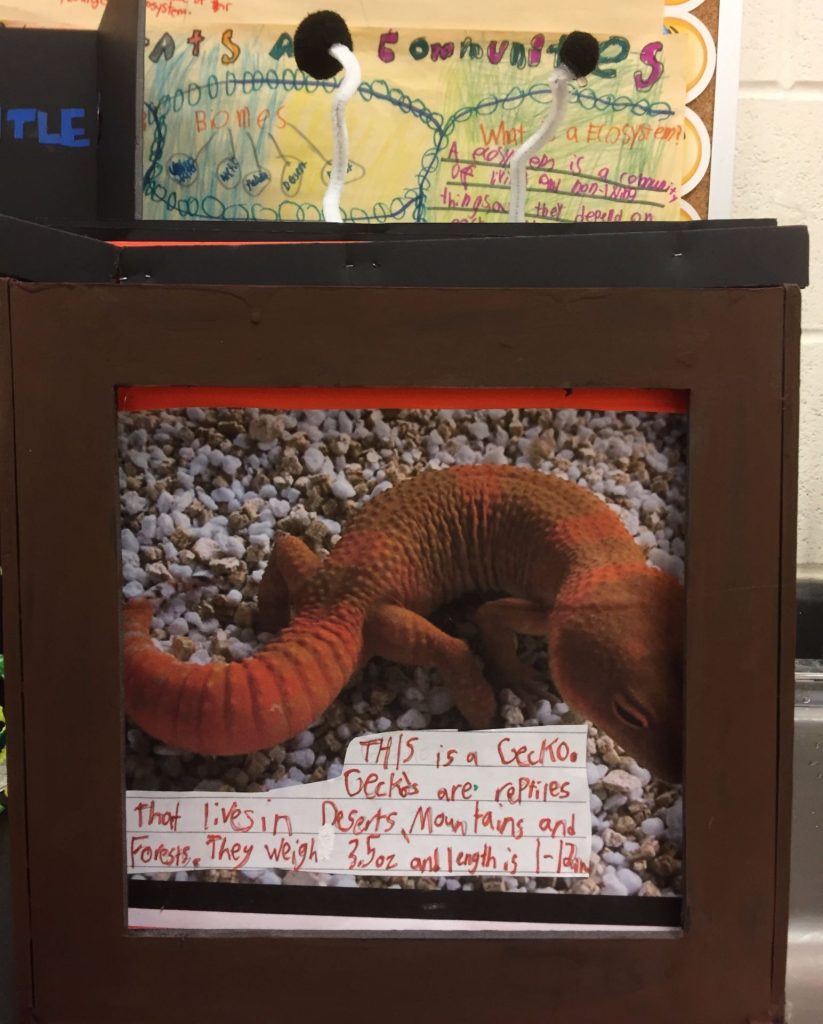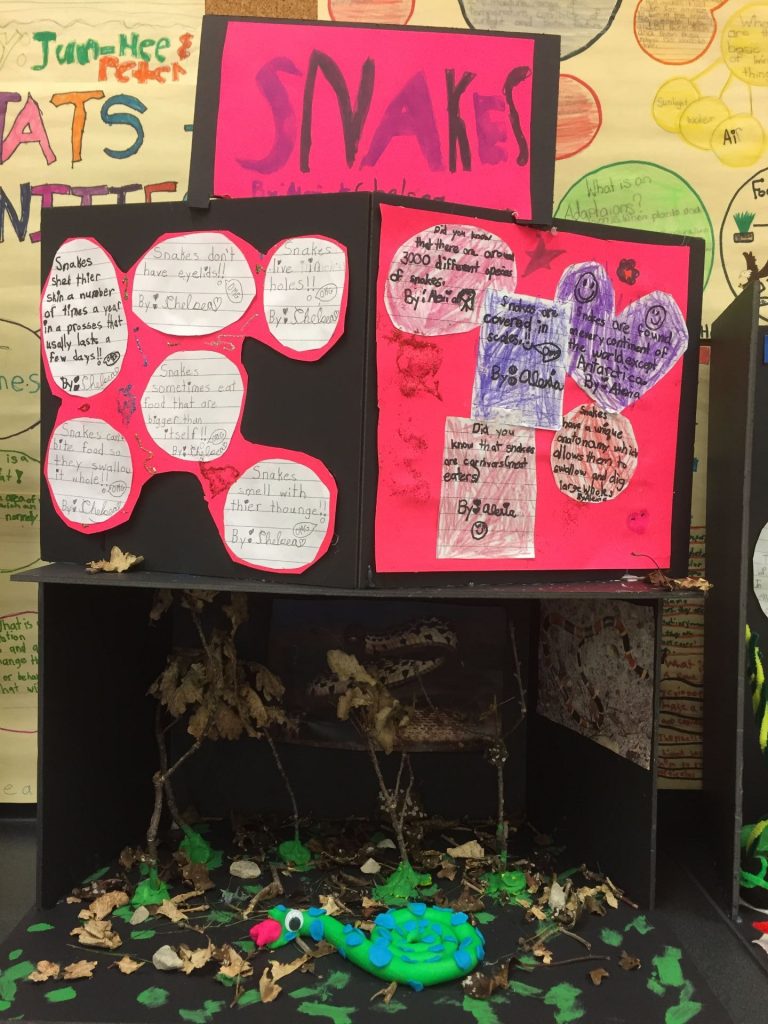The students enjoyed spending their hard earned tokens at the Token Store this week. (After they paid rent of course!)

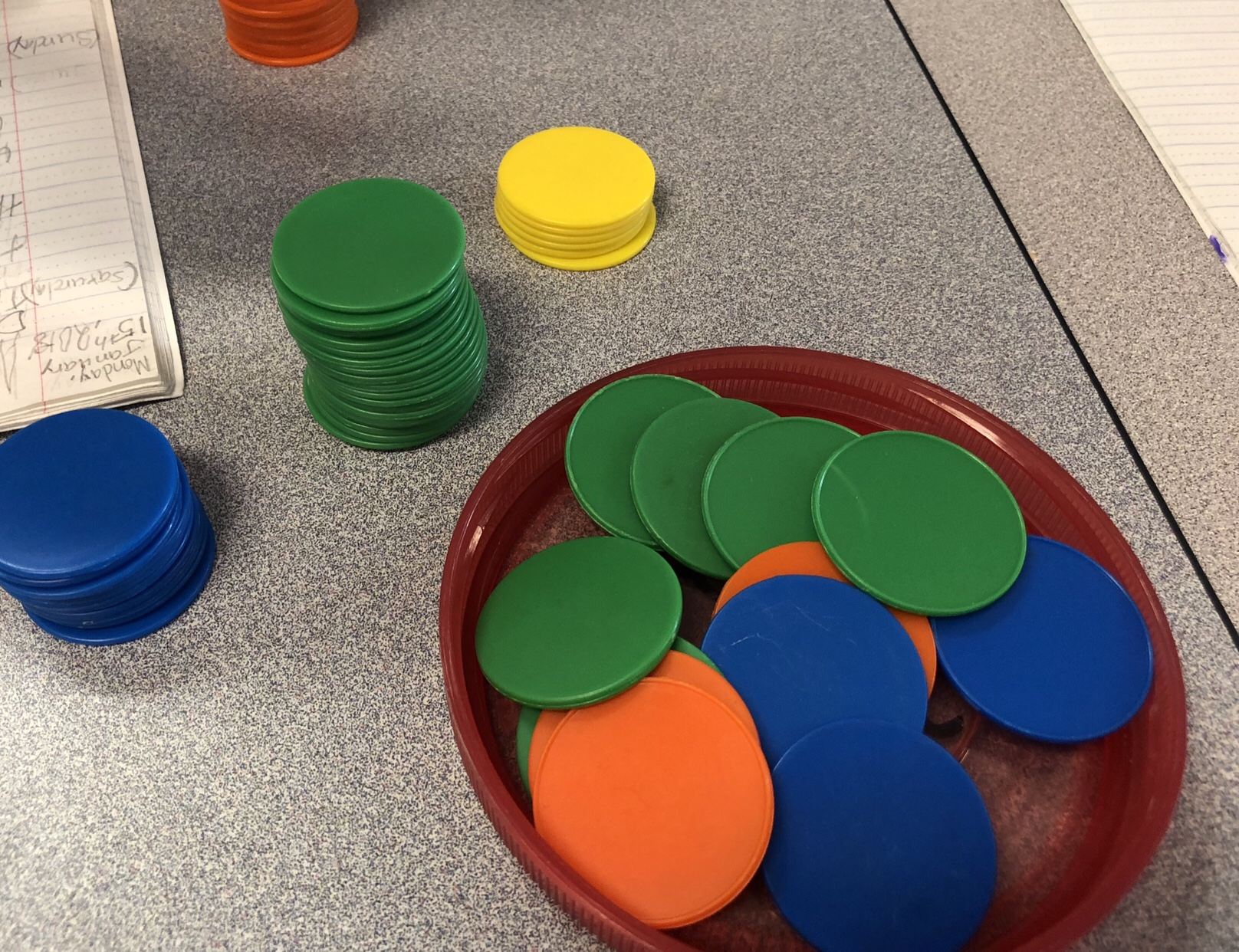
by Dr. Harry Clarke Noyes
ARCS NEWS, January 1992
Next
fall, when
you see Geese
heading South for
the Winter, flying along
in V formation, you might
consider what science has dis‐
covered as to why they fly that way:
as each bird flaps its wings, it creates an
uplift for the bird immediately following. By
flying in V formation the whole flock adds at least
71% greater flying range than if each bird flew on its own.
People who share a common direction and sense of community
can get where they are going more quickly and easily
because they are traveling on the thrust of one another.
When
a goose falls
out of formation,
it suddenly feels the drag
and resistance of trying to go it alone
and quickly gets back into formation to take
advantage of the lifting power of the bird in front.
If we have as much sense as a goose,
we will stay in formation
with those who are headed the same way we are.
When
the Head Goose
gets tired, it rotates back
in the wing and another goose flies point.
It is sensible to take turns doing demanding jobs
with people or with geese flying South.
Geese
honk from behind to
encourage those up front to keep up their speed.
What do we say when we honk from behind?
Finally,
and this is important,
when a goose gets sick, or is
wounded by gunshots and falls out
of formation, two other geese fall out with that
goose and follow it down to lend help and protection.
They stay with the fallen goose until it is able to fly, or until
it dies. Only then do they launch out on their own, or with another formation
to catch up with their group.
IF WE HAVE THE SENSE OF A GOOSE,
WE WILL STAND BY EACH OTHER
LIKE THAT.
Blog your response:
What do you think of the Goose Story?
How does this connect to what you have learned about other species?
What can we learn from the Goose Story?
Students decided on BIG questions related to Habitats and Communities and researched these questions extensively. They then created projects in order to teach and share with the rest of the class. Each group engineered their own designs and excitedly completed their projects. Students were able to use their creativity, as well as their communication, collaboration, research, problem-solving and critical thinking skills. The classroom was abuzz with learning today!

